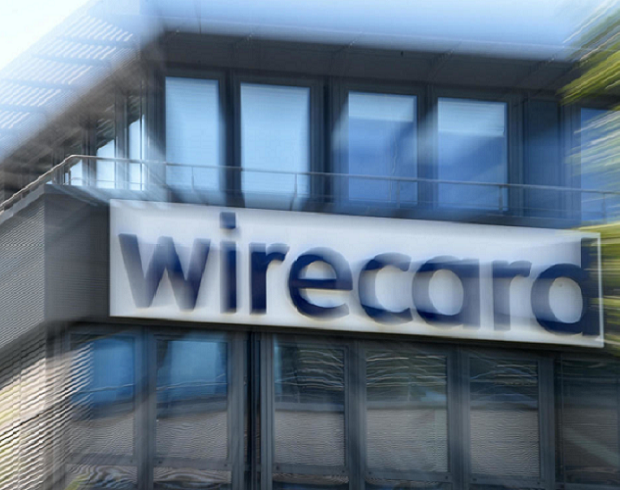In the midst of this whole Covid-19 brouhaha, it’s good to know that there is business as usual still being undertaken in uncovering corporate malfeasance. This year’s mega scandal emerged in Germany, when the blue chip company Wirecard’s CEO was arrested last month on suspicion of accounting fraud and market manipulation. Wirecard is a German payments services provider with offices across the world providing mobile payments, e-commerce, digitization and finance technology. Its clients included large multinational insurance companies, airlines and public transport utilities. In an August 2019 press release to the Business Insider magazine, Wirecard reported half year revenues of € 1.2 billion in revenues compared to € 882 million in half year 2018 and a 50% increase in earnings after tax of € 237 million over the same period in 2018. The company also claimed in the press release that transaction volume processed via its platform grew 37.5% to €77.3 billion in the first half of 2019 compared to €56.2 billion over the same period in 2018.
But all these numbers had already started to raise doubts after a January 2019 expose by the Financial Times (FT), a globally recognized and well respected British business newspaper, based on whistleblower reports. The FT reported on 30th January 2019 that a presentation had been made to Wirecard executives, including the CEO Markus Braun, on a string of suspicious transactions using forged and backdated contracts that led to falsification of accounts and money laundering. The whistleblower was concerned that no action had been taken against the perpetrator of the acts undertaken by Eco Kurniawan who was responsible for the payment group’s accounting in the Asia Pacific region. Wirecard took great umbrage at the FT’s reporting and sued the newspaper for unethical reporting and market manipulation as the company’s share price took a plunge on the German Stock Exchange.
Responding to the market’s reaction, the company asked KPMG, one of the Big Four global auditors, to undertake an independent audit of the firm’s Asian operations and was quick to announce in March 2019 that the audit firm had not found any discrepancies in the audit and that it would not restate its accounts for the years between 2016 and 2018. However an article by Reuters in April 2019, revealed that the independent investigation by KPMG into Wirecard had concluded that the company did not provide sufficient documentation to address all the allegations of accounting irregularities made by the FT, who continued to stand by their view that Wirecard had booked half of its worldwide revenues and much of its profits from three obscure third party acquiring partners.
In June 2020, it all went pear shaped for the CEO Markus Braun. After the delayed announcement of Wirecard’s 2019 results three times since their expected release in March 2020, the FT reported that Ernst and Young, Wirecard’s auditors, had warned that € 1.9 billion was missing from the company’s accounts. The auditors told the company that there were indications that a trustee of the company’s bank accounts had attempted “to deceive the auditor” and may have provided “spurious cash balances.” Consequently, the auditor was unable to release the much awaited 2019 financial results to the company’s board and management.
Late last month, Markus Braun was arrested on suspicion of inflating the company’s balance sheet and revenues to make it stronger and more attractive for investors and customers. He was released after his bail was set at €5 million. Another gleaming company and CEO’s reputations have bitten the dust. The academic beauty of this case is that it has followed the same trajectory of many other large ignominious corporate scandals like Enron in the United States and Satyam in India: phenomenal financial growth that leaves investors dizzy in the share price appreciation and promise of even more profits all at the expense of murky internal controls and risk management. The common thread is a leadership that more often than not gets high on its own supply having been recognized on multiple stages for having innovative and trailblazing expertise, which is ordinarily a façade that is difficult to maintain in the long run. As the disgraced Satyam CEO Ramalinga Raju aptly quoted, following his fall from disgrace after confession that nearly $ 1 billion dollars in cash was missing from the company’s balance sheet, “It was like riding a tiger, not knowing how to get off without being eaten.” How many boards are sitting ringside at a circus, watching a tiger riding CEO string them along?
[email protected]
Twitter: @carolmusyoka

 carolmusyoka consultancy
carolmusyoka consultancy
 @carolmusyoka
@carolmusyoka


